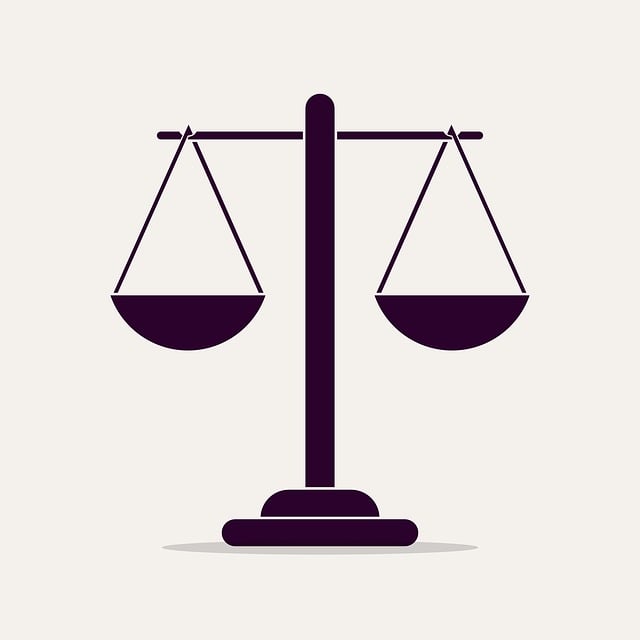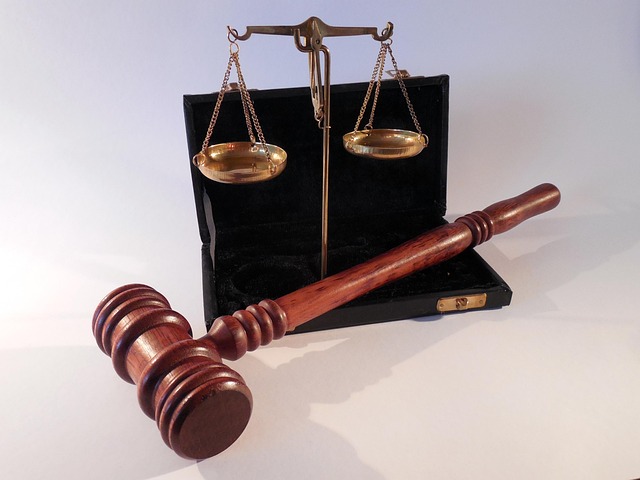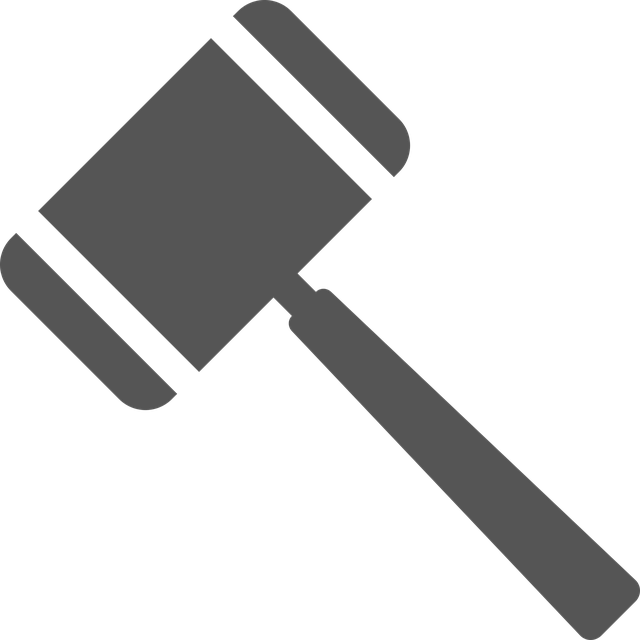Regulatory Fraud Laws protect consumers and investors from deceptive practices, with severe penalties for violations. Calculating damages, especially economic losses, is crucial in personal injury cases stemming from fraud, involving assessing actual and potential expenses linked to the fraudulent activity. Non-economic damages, like pain and suffering, are also considered using expert testimony and evidence. Skilled legal representation ensures fair compensation through strategic tactics and navigation of complex regulations.
Regulatory fraud laws play a pivotal role in safeguarding consumers and investors from deceptive practices, ensuring fair market conduct, and holding wrongdoers accountable. This article delves into the intricacies of regulatory fraud, focusing on its impact in personal injury cases. We explore calculating economic losses, emphasizing the importance of quantifying damages, especially when dealing with complex financial schemes. Furthermore, we discuss non-economic damages and legal strategies to maximize compensation for victims, providing insights into navigating these intricate legal matters.
- Understanding Regulatory Fraud Laws
- Calculating Economic Losses
- Non-Economic Damages in Personal Injury Cases
- Legal Strategies for Maximum Compensation
Understanding Regulatory Fraud Laws

Regulatory Fraud Laws are designed to protect consumers and investors from deceptive practices by businesses and individuals. These laws cover a wide range of activities, including false statements, omissions, and misleading representations made with the intent to defraud or gain an unfair advantage. Understanding these laws is crucial, as they play a vital role in maintaining fair market practices and ensuring justice for those affected by fraudulent schemes. In personal injury cases, for instance, calculating damages involves more than just physical injuries; it also encompasses economic losses resulting from fraud, which can be complex to determine.
The penalties for violating Regulatory Fraud Laws can include fines, imprisonment, or both, and in some jurisdictions, a complete dismissal of all charges. These laws specifically target white-collar and economic crimes, often requiring extensive investigations and, in cases where the evidence is compelling, leading to jury trials. Understanding how these laws apply to your situation can be key in navigating complex legal proceedings and securing fair compensation, especially when calculating damages for personal injury cases involving fraud.
Calculating Economic Losses

Calculating economic losses is a critical aspect of Regulatory Fraud Laws, especially in personal injury cases where damages play a significant role in compensation. Unlike calculating emotional distress or pain and suffering, economic losses are more straightforward and can be quantified using specific methods. This process involves assessing actual financial outlays and potential future expenses directly related to the fraud.
For instance, in environmental fraud cases, economic losses may include the cost of cleanup efforts, restoration projects, and any loss of business revenue due to the pollution incident. The impact on employment and local economies can also be considered. Understanding these damages is crucial for both corporate and individual clients navigating the complex landscape of regulatory investigations and enforcement processes. Avoiding indictment requires a meticulous approach to documenting and presenting economic losses incurred during all stages of the investigative and enforcement process.
Non-Economic Damages in Personal Injury Cases

In personal injury cases, calculating damages extends beyond financial losses. Non-economic damages encompass various elements that significantly impact an individual’s quality of life and well-being, such as pain and suffering, emotional distress, and loss of enjoyment of life. These aspects are often subjective and can be challenging to quantify precisely. However, experienced legal professionals employ strategies to assess and secure appropriate compensation for these intangible harms. By presenting compelling evidence and leveraging expert testimony, plaintiffs can demonstrate the extent of their non-economic injuries, ensuring they receive fair and just restitution.
The complexity of calculating damages in personal injury cases, especially when involving white collar offenses, requires a nuanced approach. Plaintiffs’ attorneys must consider both the immediate physical impacts and the long-term psychological effects of the harm inflicted. An unprecedented track record of achieving extraordinary results in similar cases can serve as a testament to the effectiveness of strategic legal representation, ultimately shaping the outcome and compensation for victims.
Legal Strategies for Maximum Compensation

In regulatory fraud cases, particularly personal injury claims where damages are a central focus, understanding legal strategies for maximum compensation is paramount. Calculating damages in these complex cases often involves meticulous analysis and expert testimony to ascertain both economic and non-economic losses. Plaintiffs’ attorneys employ various tactics to ensure fair and full reimbursement for victims—a process that may include gathering extensive medical records, financial statements, and other relevant evidence to support their claims.
The pursuit of justice in regulatory fraud cases frequently extends beyond monetary damages. Skilled legal representation can navigate the intricate web of regulations and laws, leveraging strategies such as settlement negotiations, mediation, or—in more severe instances—jury trials to secure substantial compensation. Even within specialized areas like white collar defense and general criminal defense, understanding the nuances of calculating damages in personal injury cases remains crucial for achieving favorable outcomes for clients.
Regulatory fraud laws play a crucial role in safeguarding individuals and businesses from economic losses caused by deceptive practices. By understanding these laws, calculating damages with precision, and employing strategic legal approaches, victims can seek maximum compensation for both economic and non-economic injuries. In cases involving personal injury and significant financial harm, it’s essential to delve into the available legal strategies to ensure justice and a fair resolution.






